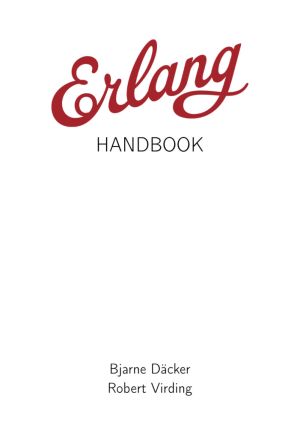Erlang Handbook
by Bjarne Däcker, Robert Virding
DescriptionTable of ContentsDetailsHashtagsReport an issue
Throughout the whole of Erlang's history the development process has been extremely pragmatic. The characteristics and properties of the types of systems in which Ericsson was interested drove Erlang's development.
These properties were considered to be so fundamental that it was decided to build support for them into the language itself, rather than in libraries. Because of the pragmatic development process, rather than a result of prior planning, Erlang "became" a functional language - since the features of functional languages fitted well with the properties of the systems being developed.
The Erlang Handbook is a summary of the language features and the runtime system. It is aimed at people with some programming experience, serving as a quick introduction to the Erlang domain. 






Book Description
Erlang is the result of a project at Ericsson's Computer Science Laboratory to improve the programming of telecommunication applications. A critical requirement was supporting the characteristics of such applications, that include: massive concurrency, fault-tolerance, isolation, dynamic code upgrading at runtime, transactions.Throughout the whole of Erlang's history the development process has been extremely pragmatic. The characteristics and properties of the types of systems in which Ericsson was interested drove Erlang's development.
These properties were considered to be so fundamental that it was decided to build support for them into the language itself, rather than in libraries. Because of the pragmatic development process, rather than a result of prior planning, Erlang "became" a functional language - since the features of functional languages fitted well with the properties of the systems being developed.
The Erlang Handbook is a summary of the language features and the runtime system. It is aimed at people with some programming experience, serving as a quick introduction to the Erlang domain.
This open book is licensed under a Creative Commons License (CC BY-SA). You can download Erlang Handbook ebook for free in PDF format (0.6 MB).
Table of Contents
Chapter 1
Background, or Why Erlang is that it is
Chapter 2
Structure of an Erlang program
Chapter 3
Data types (terms)
Chapter 4
Pattern Matching
Chapter 5
Functions
Chapter 6
Processes
Chapter 7
Error handling
Chapter 8
Distributed Erlang
Chapter 9
Ports and Port Drivers
Chapter 10
Code loading
Chapter 11
Macros
Chapter 12
Further Reading and Resources
Book Details
Title
Erlang Handbook
Subject
Computer Science
Publisher
Self-publishing
Published
2014
Pages
46
Edition
1
Language
English
ISBN13 Digital
9781938616044
ISBN10 Digital
1938616049
PDF Size
0.6 MB
License

Related Books
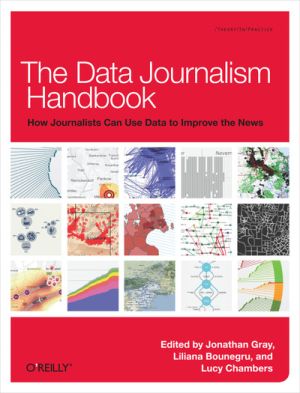
When you combine the sheer scale and range of digital information now available with a journalist's "nose for news" and her ability to tell a compelling story, a new world of possibility opens up. With The Data Journalism Handbook, you'll explore the potential, limits, and applied uses of this new and fascinating field.
This ...
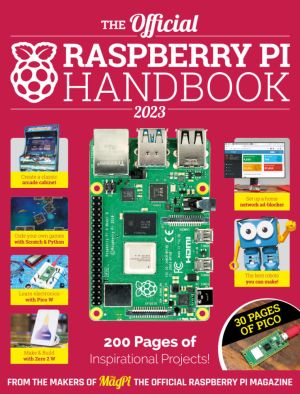
Discover the true potential of Raspberry Pi with the new, official Handbook 2023. With over 200 pages of amazing projects, fun tutorials, practical guides, and clear reviews, it has everything you need to master Raspberry Pi!
Inside The Official Raspberry Pi Handbook 2023
- QuickStart guide to setting up your Raspberry Pi computer
- Make stuff...

This book provides a practical and self-contained overview of the Gene Ontology (GO), the leading project to organize biological knowledge on genes and their products across genomic resources. Written for biologists and bioinformaticians, it covers the state-of-the-art of how GO annotations are made, how they are evaluated, and what sort of analyse...

This Open Access handbook published at the IAMG's 50th anniversary, presents a compilation of invited path-breaking research contributions by award-winning geoscientists who have been instrumental in shaping the IAMG. It contains 45 chapters that are categorized broadly into five parts (i) theory, (ii) general applications, (iii) exploration a...
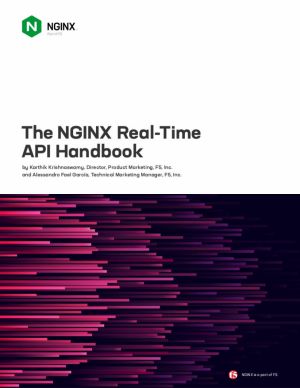
Discover how to deliver reliable, high-performance APIs with our NGINX Real-Time API Handbook. Compiled by leading experts on real-time API management, this handbook is a comprehensive guide to reducing latency in your applications and APIs without making any compromises. Learn why now, more than ever, your APIs need to perform in real time to meet...
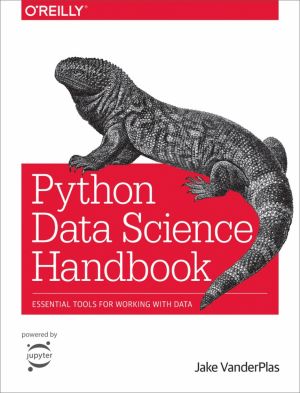
For many researchers, Python is a first-class tool mainly because of its libraries for storing, manipulating, and gaining insight from data. Several resources exist for individual pieces of this data science stack, but only with the Python Data Science Handbook do you get them all - IPython, NumPy, Pandas, Matplotlib, Scikit-Learn, and other relate...

